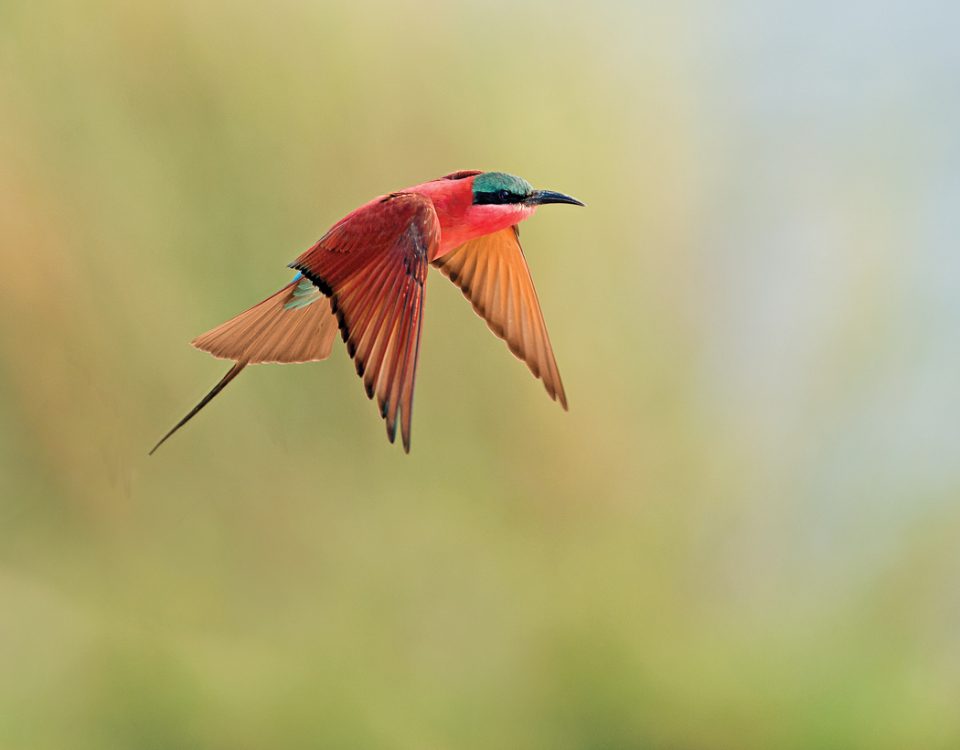Omaheke Region – community campsites
September 3, 2012To the moon and back… in an afternoon
September 3, 2012By Luise Hoffmann
Spectacular geological formations and uniquely adapted plants
While not as demanding as the Fish River Canyon Trail, the Ugab hiking trail nevertheless offers stunning scenery and – depending on the guides – a greater choice of where to go, since you are not confined to the course of the river.
The seasonal Ugab River originates about halfway between Otavi and Outjo, passes Outjo south of the town, skirts the Brandberg and finally reaches the Atlantic coast about two hundred kilometres north of Swakopmund, where it forms the southern boundary of the Skeleton Coast Park.
When we did the hiking trail we were fortunate in that the river had recently been in flood. So instead of taking us down the riverbed, our guides led us into its northern tributaries, where we stared in amazement at the Ugab eye. This spectacular formation came into being because some kinds of rock erode more readily than others.
After walking and climbing quite a distance, we slithered down an ancient waterfall, much steeper than it appears on the photo. At its base during much wetter eons, torrents of water polished a stunning rock wall consisting of blue-grey bands of mica schist and creamy limestone. These sediments were deposited in an ancient deep sea, folded, convoluted and lifted far above sea level by tectonic forces millions of years ago, to be eventually uncovered and polished by the forces of erosion.
Plant diversity
Along the way we saw many uniquely adapted succulent plants such as the desert kohlrabi or elephant’s foot (Adenia pechuelii), which curiously enough is related to the granadilla family (Passifloraceae).
The immense grey-green stem can grow up to one metre high. These plants can be found perched on rocky outcrops from about Helmeringhausen up to the Kunene River. Male and female flowers are borne on separate plants and the fruit turns red when ripe. The massive stem, of course, is a water storage organ, while the woody branches only bear a few leaves during the rainy season, thus reducing transpiration to a minimum in times of drought. The species’ name pechuelii refers to Eduard Pechuël-Loesche, a geographer who visited what was South West Africa in 1884–85.
The oak-leaved commiphora (Commiphora wildii), marked by a swollen stem and thick branches spreading low over the rocky substrate, is also confined to the rocky mountains of the escarpment from about Henties Bay into southern Angola. When in leaf it is easy to recognise because the leaves resemble oak leaves, the leaf base continuing down the rachis and leaf stalk so that these appear winged. As the tree is without leaves for many months to conserve moisture, it can be identified by its grey-brown shiny trunk, thick branches and spreading growth form. The trunk only occasionally peels off in papery strips. The plant was named after Professor
Hiram Wild of the University of Zimbabwe, who had a particular interest in the myrrh family to which Commiphora species belong. North-western Namibia is home to a variety of Commiphora species, a number of which are endemic.
The rigid, spiny, hedgehog-like appearance of the woody euphorbia (Euphorbia lignosa) is quite distinctive. It usually grows between rocks and is said to be so tough that a man can stand on the plant without the twigs breaking.
Ancient shell middens
Upon returning from our hike after a wonderful day in the tributaries we were much relieved to recognise the remarkable pattern of the rocks on the hill facing some big ana trees (Faidherbia albida) in the riverbed where we knew we would find food and rest.
Lion, elephant and rhino occasionally wander along the river, but we only found some old elephant droppings.
On the last morning we investigated ancient shell middens and remains of shelters made of whale ribs.
These were probably constructed by Strandlopers, a San tribe who scoured the beaches for flotsam and jetsam originating from the many ships that ran aground on this treacherous coast and also utilising dead seals and fish, mussels and other seafood washed up by the waves.
WHERE & WHEN?
The guided Ugab Trail is offered only during the cooler months from April to October to groups of a minimum of six and a maximum of eight persons. Participants should present a certificate of physical fitness issued within the preceding 40 days. All camping equipment, water, food and wood should be brought along.
The trail commences at the Ugab Mouth every second and fourth Tuesday of the month and also ends there. It is 50 kilometres long and extends over three days. Participants should report at the entrance gate to the Skeleton Coast Park before 9:00 on the particular Tuesday. Their vehicles are locked up at the park offices, while they are taken to the starting point of the hike by park vehicle. It is advisable to spend the night before the hike at Mile 108.
Alternatively hikers can find accommodation in Henties Bay and make an early start from there to reach the park entrance before 9:00.
More detailed information is available from the Swakopmund Resorts Office situated at Woermann Haus, 23–26 Bismarck Street, Swakopmund.
UPDATE: Due to the increasing presence of lions in the area, the Ugab Hiking trail was cancelled for safety reasons, shortly after this article was published.
This article appeared in the June/July ‘09 edition of Travel News Namibia.




